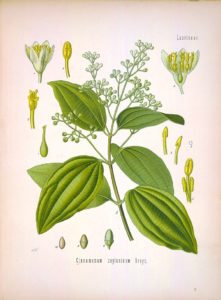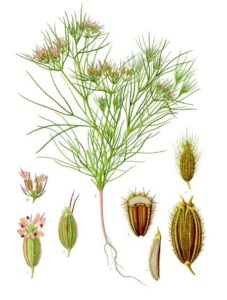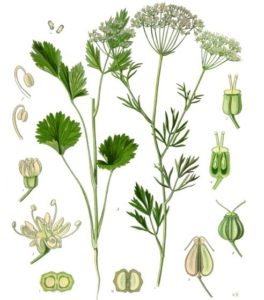You may wonder what Egyptian mummies have to do with nature, but if it weren’t for the special aromatic and preservative properties of the native herbs, spices and minerals used in the embalming process, preserving the dead for ‘eternity’ would have been impossible.
Embalmer’s Use of Native Plants and Minerals
Here are a few fun (and spooky) facts about the practice of embalming and mummification.
- Ancient Egyptians believed that preserving the deceased in a life-like state would allow the soul to exist for perpetual eternity.
- Their use of botanicals including herbs, spices, resins, gums, and oils, was thought to increase the likelihood of resurrection.
- The corpse’s brain was drawn out through the nasal cavity and the abdominal and thoracic organs were removed either through an incision or by injecting a resin into the abdomen, dissolving the organs.
- Organs removed by incision were sweetened with palm wine and incense, dehydrated in a salt solution, covered with hot gum-resin, wrapped in linen and placed in urns.

- After the body was cleansed and purified with powdered aromatics of cinnamon, cassia, cumin, anise, and myrrh, it was temporarily stuffed with a variety of plant materials for the dehydration process to absorb moisture and retain a lifelike shape to the body.
- After soaking for 40-70 days in a solution meant to dissolve body fat, the body was again washed and dusted with aromatics, the internal and cranial cavities coated with hot liquid resin and stuffed permanently with aromatics.

- The body was rubbed with oil of cedar, cumin, wax, natron, and gum, and again dusted with aromatics.
- Cheeks, nose and eye sockets were stuffed with resin-coated linens to restore animated facial characteristics.
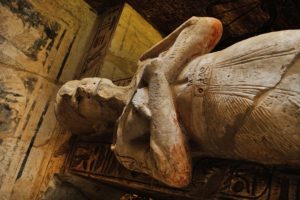
Significant Native Plants Used for Embalming
- Myrrh was one of the most important ingredients in the embalming ritual and was used in powdered, melted and crystallized forms, and burned as incense to repel insects and fumigate embalming temples.
- Cinnamon oil was another ingredient essential to the ancient Egyptians for its antifungal, antiviral, bactericidal and larvicidal properties. It was used to stuff in bodies and also burned as incense.
- Cumin was widely used for its antibacterial properties in the embalming process.
- Anise oil was another key ingredient in the ritual of embalming the dead, as it contains anethole which acts as an antiseptic, antimicrobial and fungicide.
- Frankincense was yet another vital botanical product used in the embalming practice, used to fill the corpse’s body after the organs were removed.
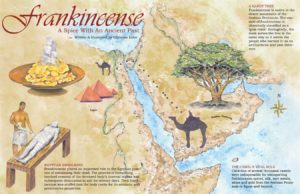
The story of frankincense
- Many of the aforementioned herbs, spices, and oils were native to lands far afield of ancient Egypt, and the domestication of the camel around the 5,000 years ago helped to grow and solidify trade routes throughout the Middle East, which ensured a steady supply of the many products of the natural world used in the ancient art form of Egyptian embalming.
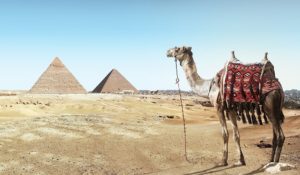
Camels transported embalming ingredients




